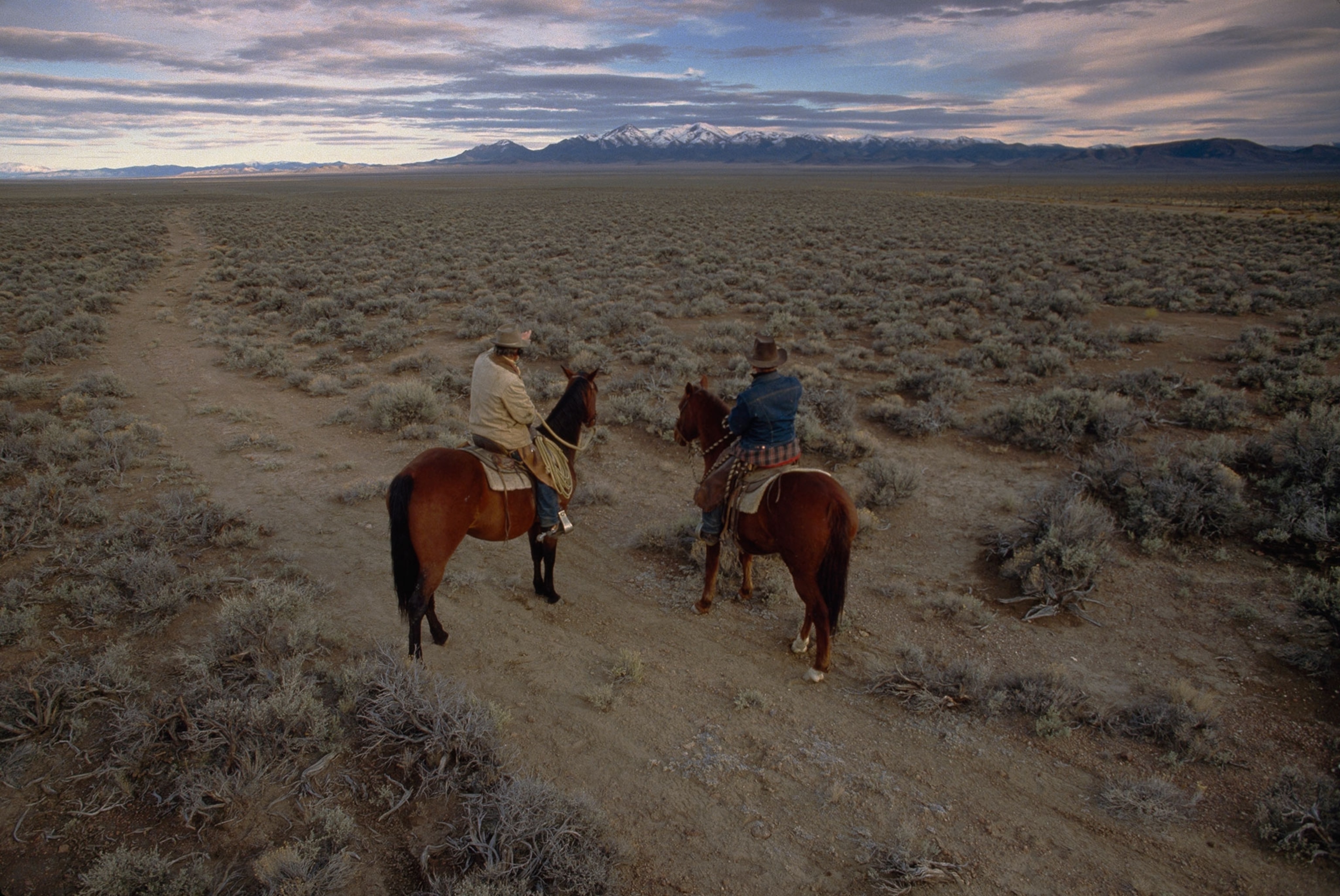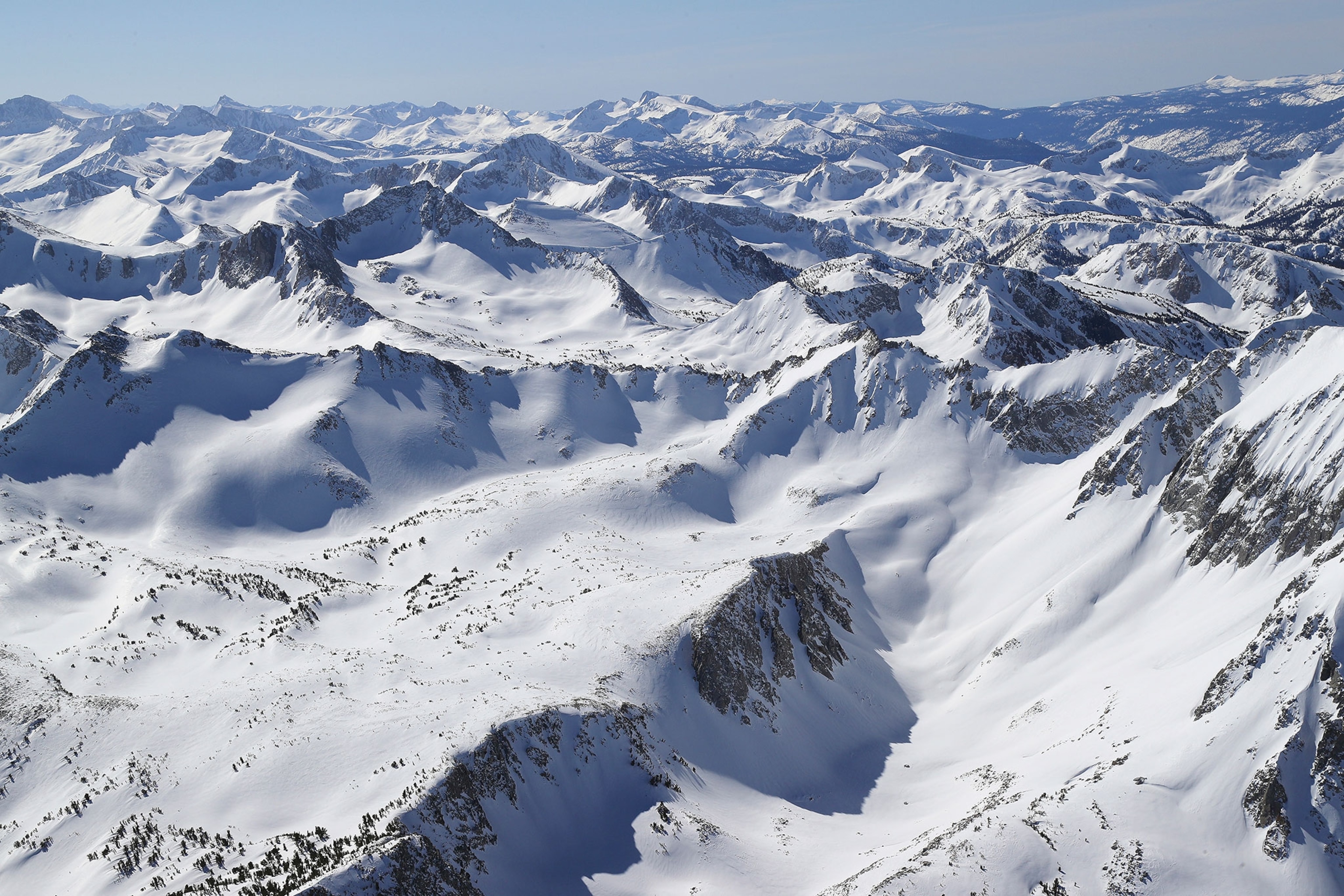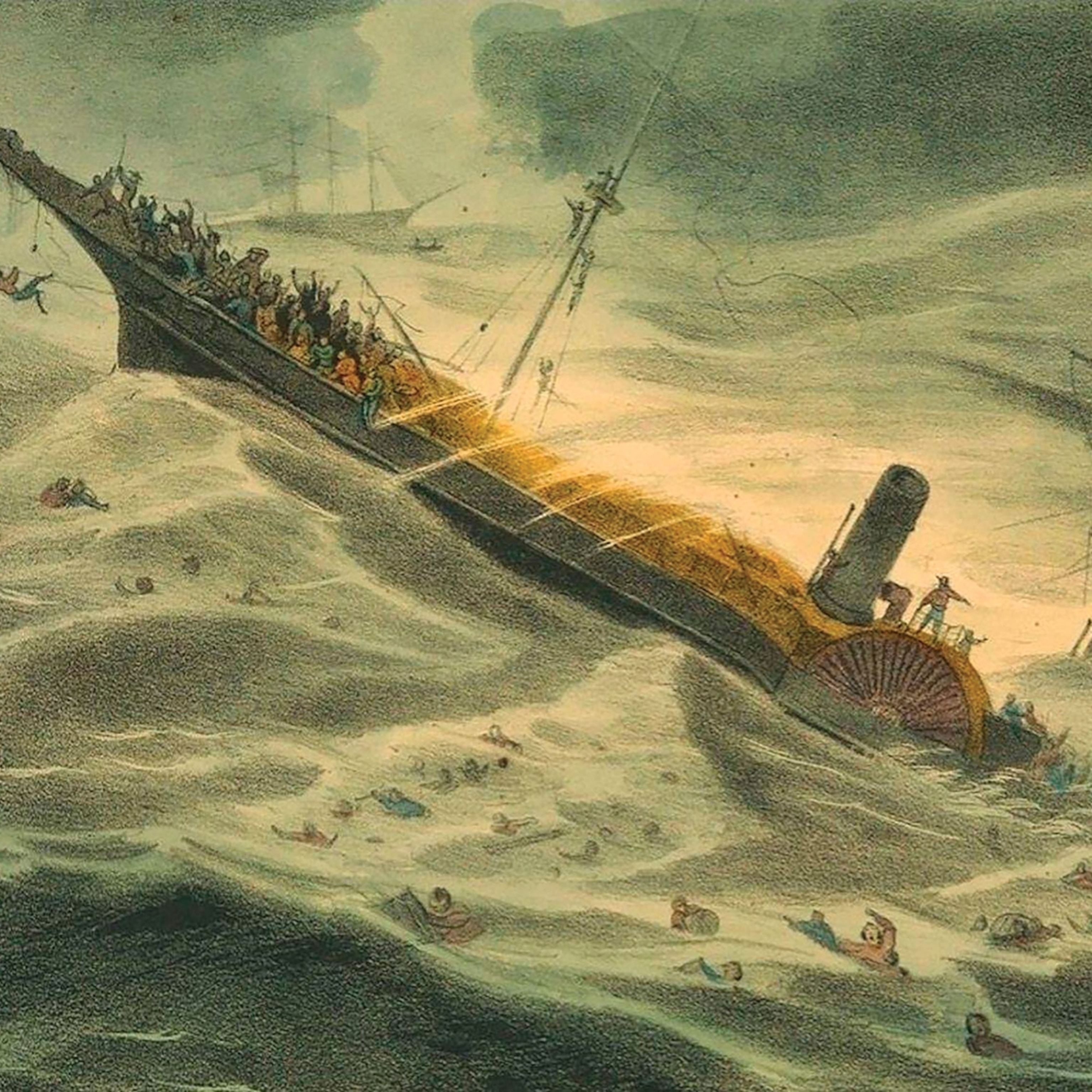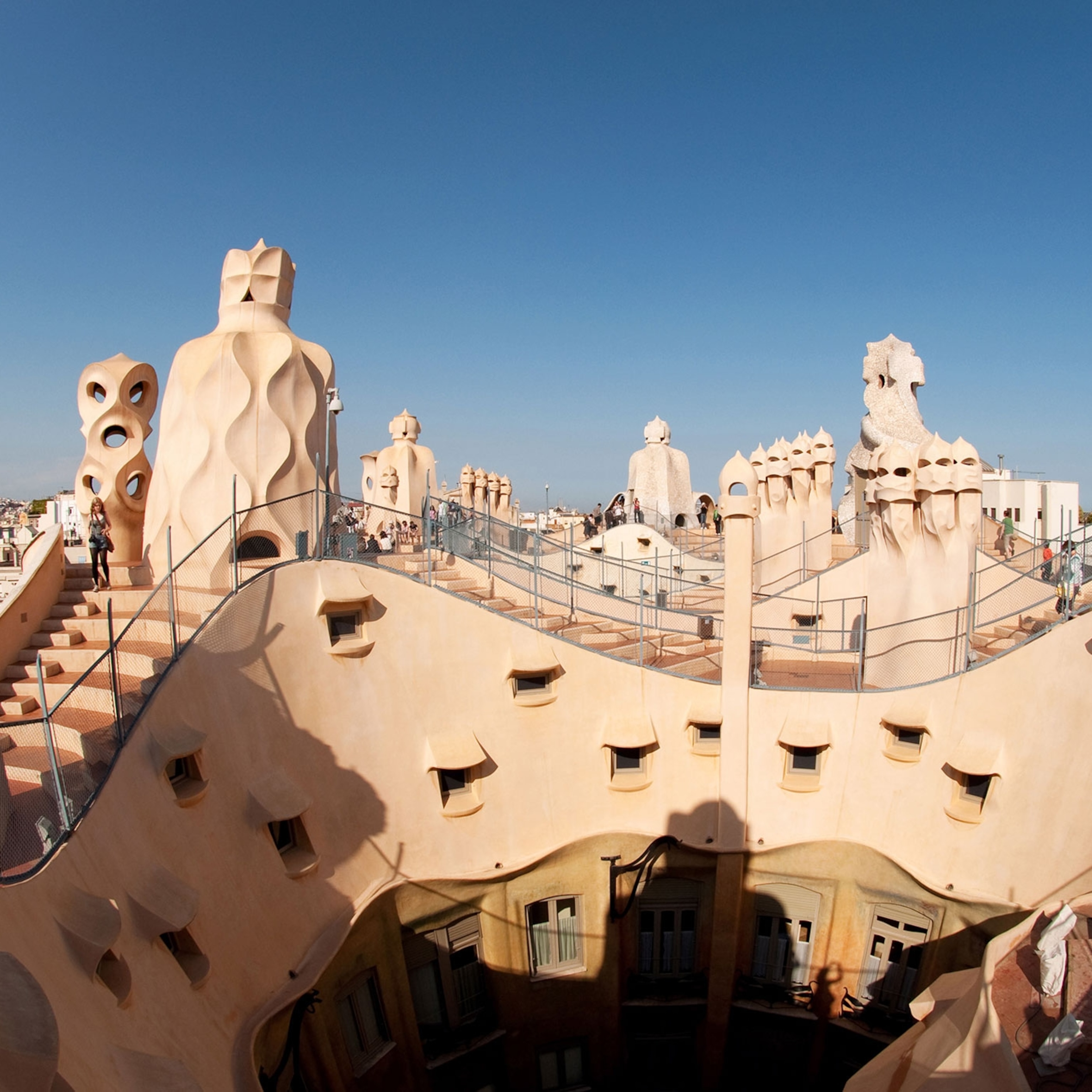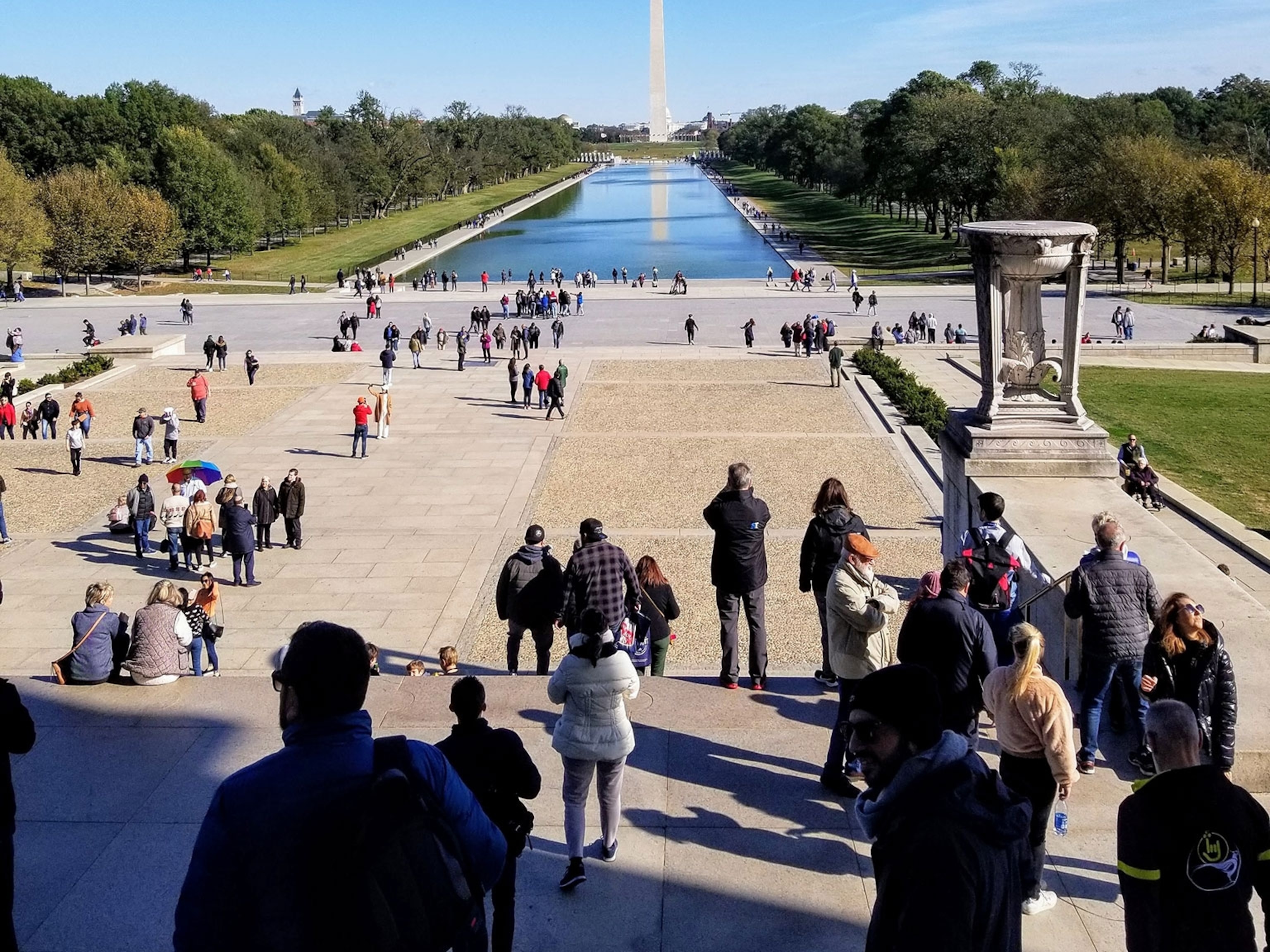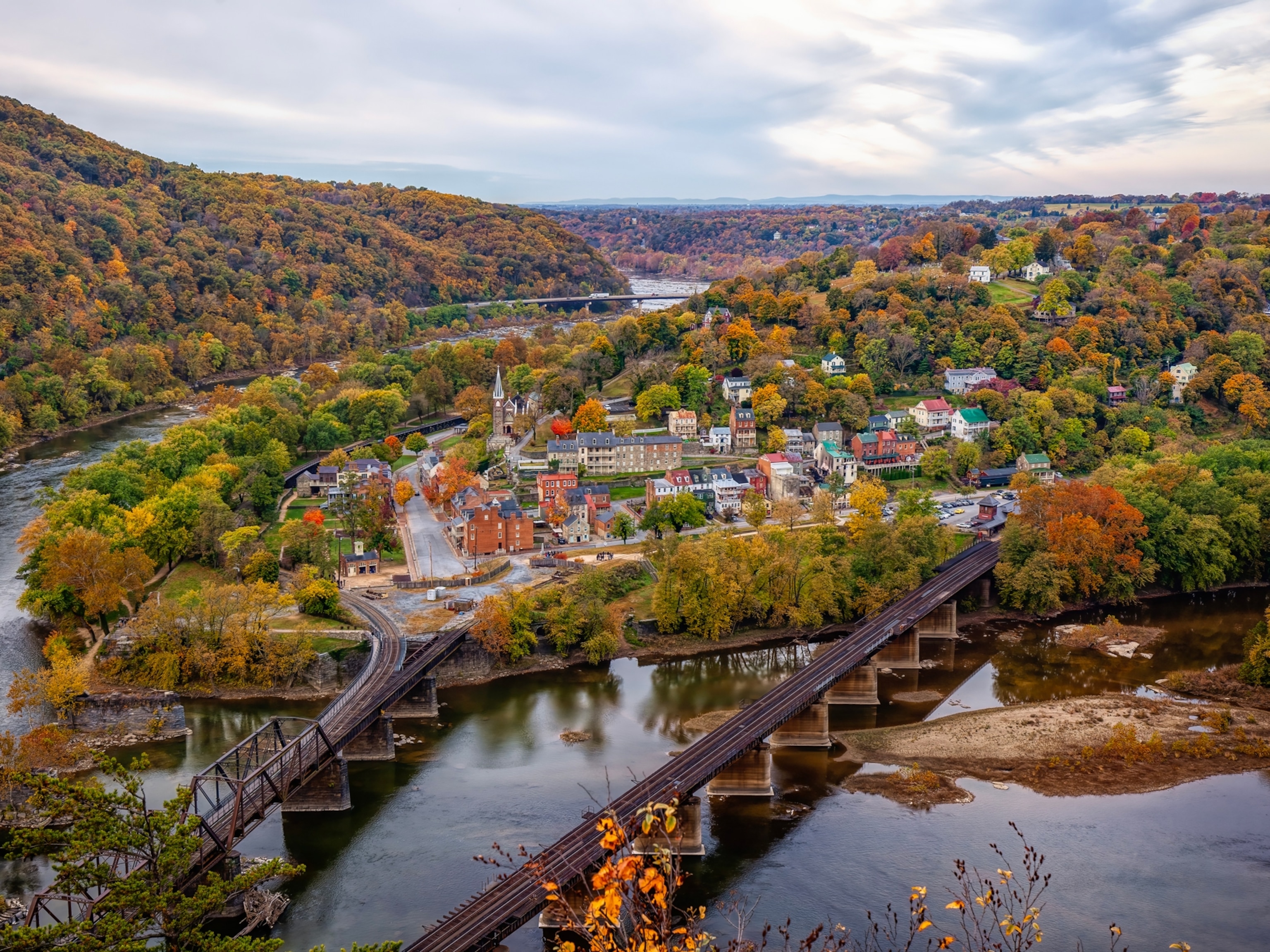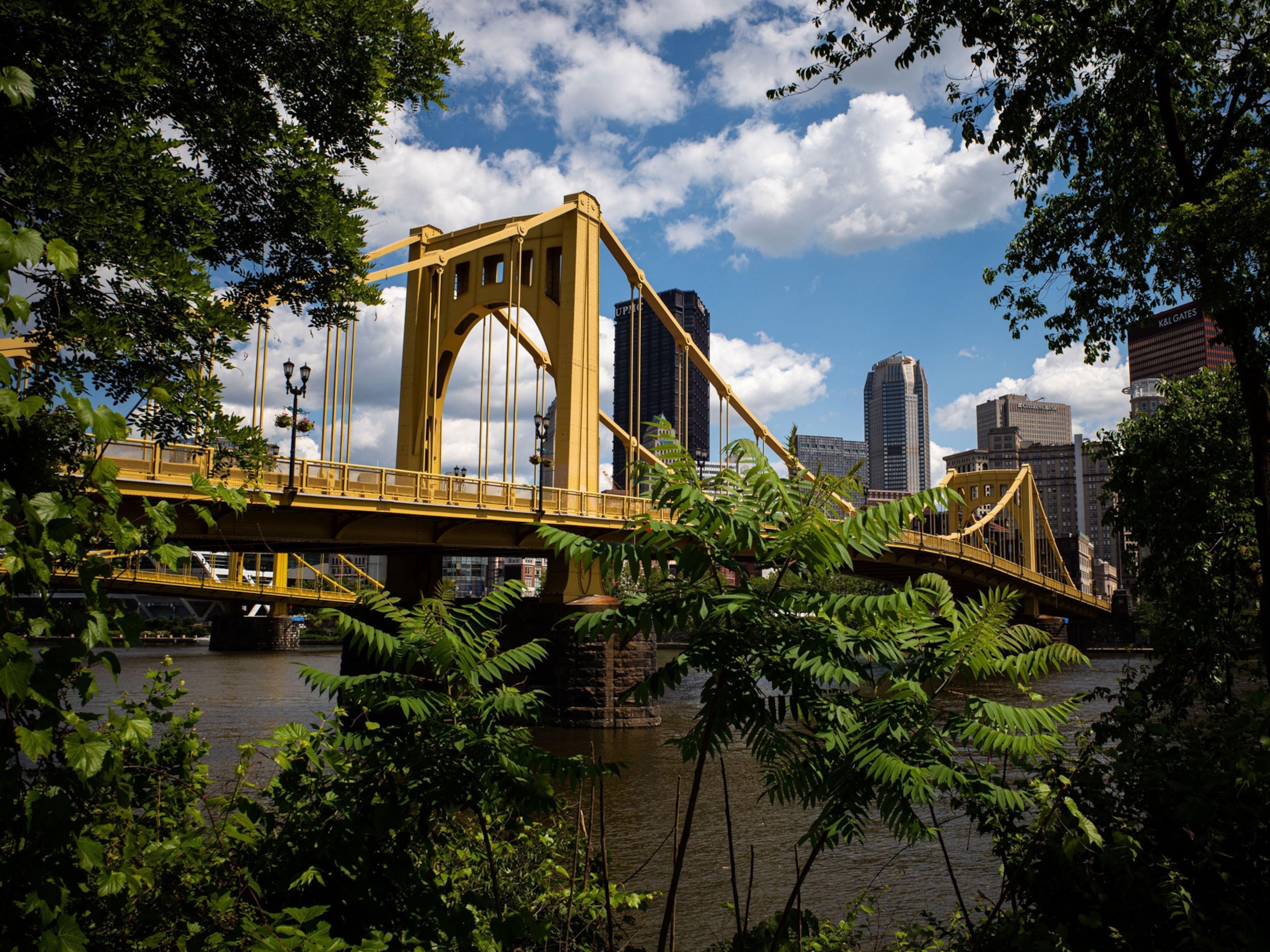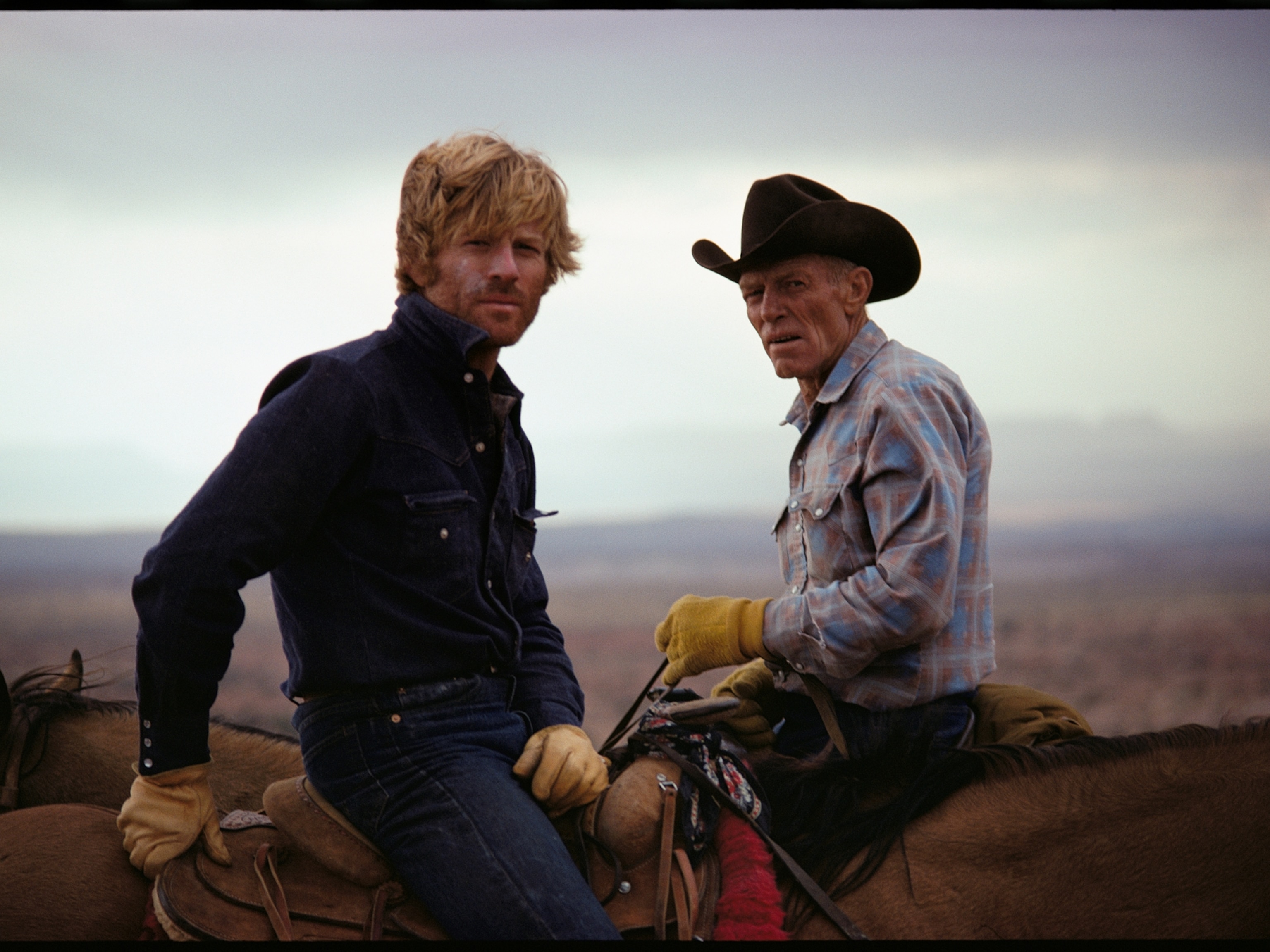Why the Short-Lived Pony Express Still Fascinates Us
The Pony Express operated for less than two years, but its legend—burnished by Buffalo Bill Cody—lives on.
In its day, the Pony Express was like the Twitter or Facebook of the mid-1800s: a means of communication that could move information across the North American continent faster than ever before, though it was powered by horses.
Almost no records survived, though, so the history of the Pony Express is littered with impostors, inaccuracies, and plain bunkum. In West Like Lightning, author Jim DeFelice separates the facts from the fiction.
When National Geographic caught up with him at his home in Warwick, New York, DeFelice explained how the Pony Express came to embody rugged American virtues as much as rodeos or westerns; how Buffalo Bill Cody was its greatest promoter, though he never actually rode for the company; and why, if things had turned out differently, we would be using Pony Express cards, not American Express.

I was amazed to discover that the Pony Express existed for just 18 months and made less than 400 runs. Yet the legend has lived on. Why do you think that is?
I was kind of blown away when I first found that out myself! There are many factors, but the most important reason is because there’s so much embodied in the story of the Pony Express that’s part of the American spirit: man verses nature, rugged individual exploits. And you also have these famous personalities intersecting with it, from Buffalo Bill Cody to Mark Twain.
It was also happening at a really important time in American history, right on the cusp of the Civil War. It’s the tail end of the Gold Rush and there are all of these cool inventions, like the telegraph and railroads. Above all, it was the riders’ endurance and resilience that made the Pony Express live on, and still resonate today.
You follow one particularly momentous bit of news westward. Set the scene for us and tease out the parallels with today’s Internet.
The book is set a day or two after Abraham Lincoln’s election and the Pony Express is bringing news of what happened in the election to the West, not only to Sacramento, San Francisco, and the rest of California, but also to communities along the way. Just four years before it had taken months for the news to get there, but the Pony Express company set up knowing that this was a huge, momentous event. They added extra relay stations and made a lot of use of the telegraph and were able to deliver the message in a matter of days.
Everybody back East knew that this was a huge election that very possibly was going to lead to war, and it was the kind of information that had to get out and be spread. The newspapers of the day had a symbiotic relationship with the Pony Express. They would get specific dispatches, almost what we would call a Facebook post today, and take that information, plop it on their front page and say, “Just Fresh in From the Pony Express…” The messages had to be light and small, so in another way they were like Twitter. For the election, they were so excited they wrote the news on the outside of the envelopes, so everyone would know right away what had happened.
Much of the history of the Pony Express was lost with its records. As a result there were many “liars of the purple sage,” the most notorious being Buffalo Bill Cody. He never actually rode with the Express, yet he more than anyone made it famous. Unpack that paradox.
Bill Cody is by far the most important rider of the Pony Express, but he never actually did ride for them. [laughs] A lot of ink has been spilled on both sides of the argument, but it’s clear from the evidence that he was just too young to have ridden in the Pony Express. On the other hand, what he did afterwards with his Wild West Shows catapulted the Pony Express into the public imagination. The Pony Express was almost always included as either an opening act or a finale.
The Wild West Show was like the Super Bowl coming to your town and it went not only all over America, but also to Europe, most notably, London. The Pony Express vignette had about as much to do with reality as motorcycles would have had to do with the Pony Express then. But it raised public awareness.
What sort of men actually did ride the Pony Express? Was there a particular type? And what sort of equipment did they have?
As a general rule, they were young men, usually late teens on up to early 20s. They were lightweight even for the time; sinewy and of course really good riders. To ride 100 miles, potentially four times a week, in all kinds of weather, day and night, you have to be a top rider with a lot of endurance. Some riders lasted a couple of rides and would leave.
There were quite strict rules for the riders. Two of the most important were that they were not allowed to drink alcohol, and that they were forbidden from using curse words. But there’s all sorts of tales about a lot of bad words and drinking heavily. [laughs]
The Pony Express was established by a man called William H. Russell. What sort of a man was he? And why did he create it?
Russell is a fascinating character. He’s a 19th-century visionary showman entrepreneur, who goes to the dark side toward the end of his career. His vision was to create an empire transporting goods, people, and information everywhere west of the Missouri River to California. They had elements of that empire in place even before they started the Pony Express. They had a freight business where they delivered all sorts of goods, mostly for the U.S. Army, which was their biggest customer. They had a stagecoach business, a bank, and an insurance company. It sounds like an improbable idea, but a company had done that same thing barely a few decades before, starting in upstate New York, and it’s still with us today. It’s called the American Express. If the Pony Express had succeeded, we wouldn’t be leaving home without the Pony Express today instead of American Express. [laughs]
The hardest part of the trail was through the Sierra Nevada. Give us a picture of the challenges the riders faced there and elsewhere.
The hardest part of the Sierra Nevada would have been in winter. There would be snow drifts and the tracks are relatively narrow. You could fit a horse, sometimes two horses, but if there was a wagon in front of you, you had to wait until you got to a spot where you could get around it. In some places you’re up very high, with sheer cliffs below you, like the area where the Donner Party had succumbed a few years earlier.
The desert was also very dangerous. If you knew where the path was, you were fine. In most places it was relatively well marked. But west of Salt Lake, in the desert, if you went off course a bit you could suddenly find yourself in a lot of trouble. There’s a story of at least one rider, who knew the trail very well, but was trying to take a short cut one night and ended up in quicksand and only survived by luck.
In the far West, relations with Native Americans were complex and sometimes violent, but some riders spanned both worlds. Tell us about Nick Wilson, “The White Indian.”
Nick Wilson is an interesting character. One caveat is that he’s so colorful, and there are so many different tales attached to him, that to be definitive is very difficult! Uncle Nick, as he was called in later life, was from a Mormon family, who as a young boy then went to live with a Shoshone Indian family in the Utah area. He then ends up as a teenager coming back home where he meets someone who is recruiting for the Pony Express, and he gets a job. Obviously he’d be a good rider if he could ride with the Pony Express. He also worked as a stagecoach driver and a trapper. He was also said to have had a good way with breaking horses, like a horse whisperer.
Relations between whites and Native Americans broke down completely with the Pyramid Lake War. Describe its origins and what effects it had on the Pony Express.
There’s some contention about what actually happened, but the Pyramid Lake War, or Paiute War as it is also known, was up to that point the biggest conflict between Indian tribes and white settlers. It almost certainly started when some whites raped, or wanted to rape, some Indian girls. Naturally, their families took exception and the end result was that a number of whites were killed and several Pony Express stations were burned down. As a result, the service was stopped because it was too dangerous to proceed.
Remarkably, the people of eastern California, who were served by the Pony Express, raised money to rebuild some of the stations and supplied volunteers to help. The work force went from West to East, rebuilding the stations, and the service got back up and running shortly thereafter. Interestingly, that happened while there was a census being taken. Because of that, riders who were part of the work force to rebuild the stations are recorded at certain locations where the census was taking place. That enabled me to see how they are being listed in the census and get a picture of their ages and work conditions.
Why did the Pony Express end? And is it today anything more than a colorful footnote in the history of the American West?
The Pony Express lives on because it’s that story of the American spirit, of individuals against nature, of endurance, and speed. It continues to resonate because for the most part it’s a very positive image. It’s a Western with only good guys, as long as you ignore the Indian War. And because of that, people can relate to it.
But the Pony Express was always intended as a short-term venture to raise public awareness—like a huge PR stunt—to get a big mail contract. When it came to the mail contract, sadly, then just as today, when you rely on Congress, you may find that at the end of the day that they’re not going to come through for you. That’s what happened with the Pony Express. The mail contract they were counting on came much too late to help them, and when it did come, it was far too small.
But it is financial stuff that sinks Russell. He is so desperate for money that he goes to the War Department and tries to get an advance on some other contracts they had. He doesn’t succeed, but ends up with bonds that are supposed to be in trust. They don’t belong to the government; they belong to the Indian tribes. But Russell uses them as collateral to get cash advances. Unfortunately, the whole scheme quickly collapsed. He was arrested, hauled before Congress and the judge, but for various reasons the whole matter gets dropped because then, as now, Congress doesn’t like to air its dirty laundry in public. Not only did that ignobly end the Pony Express, it also ended Russell’s career as an entrepreneur.
This interview was edited for length and clarity.
Simon Worrall curates Book Talk. Follow him on Twitter or at simonworrallauthor.com.

